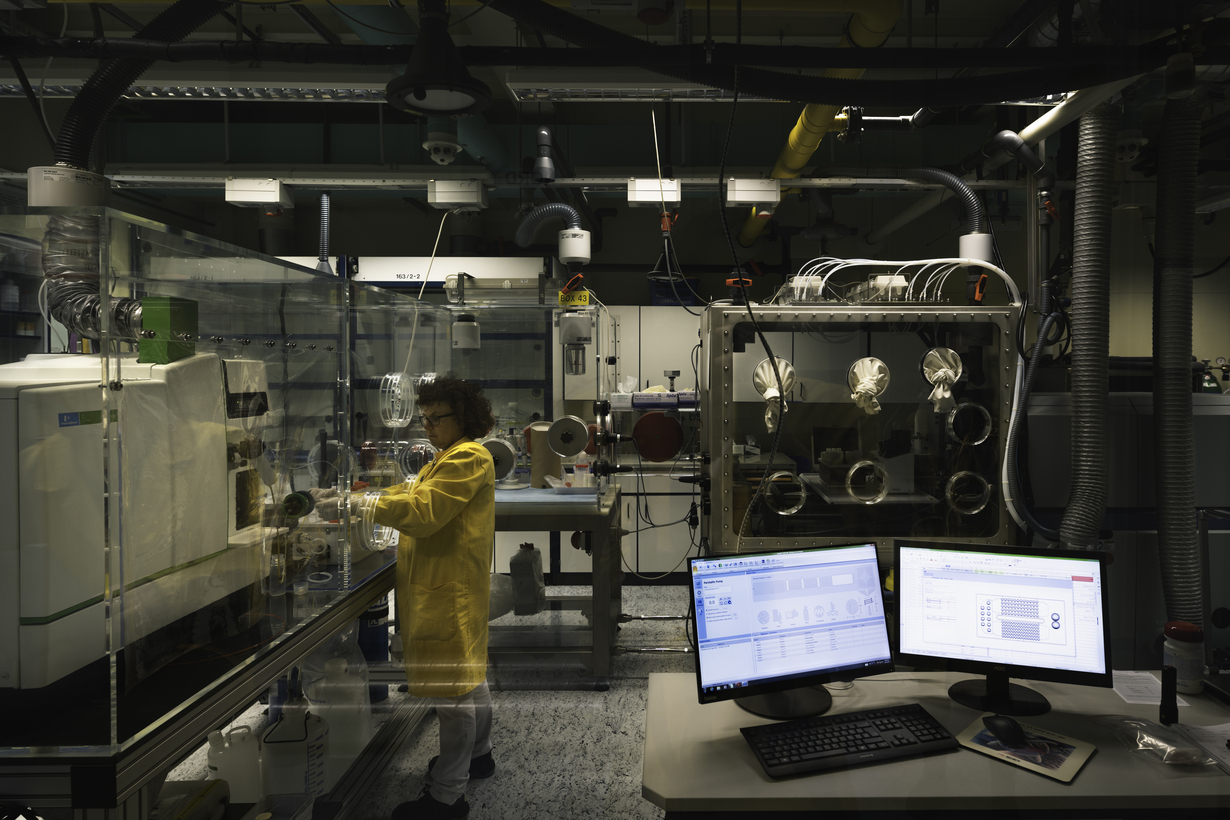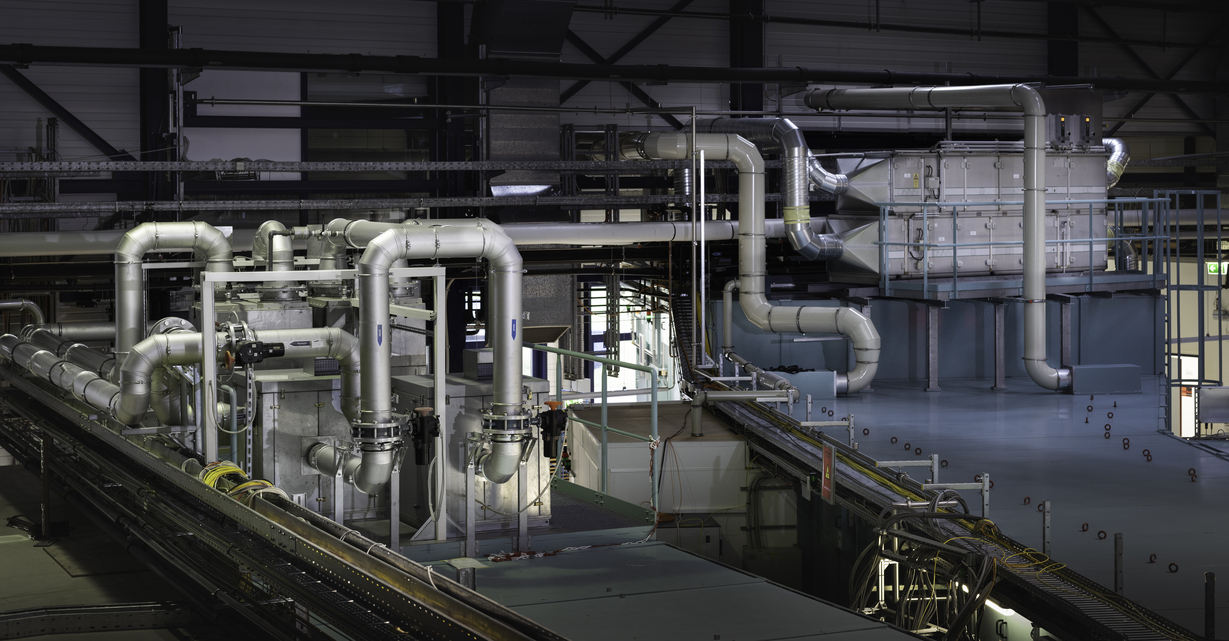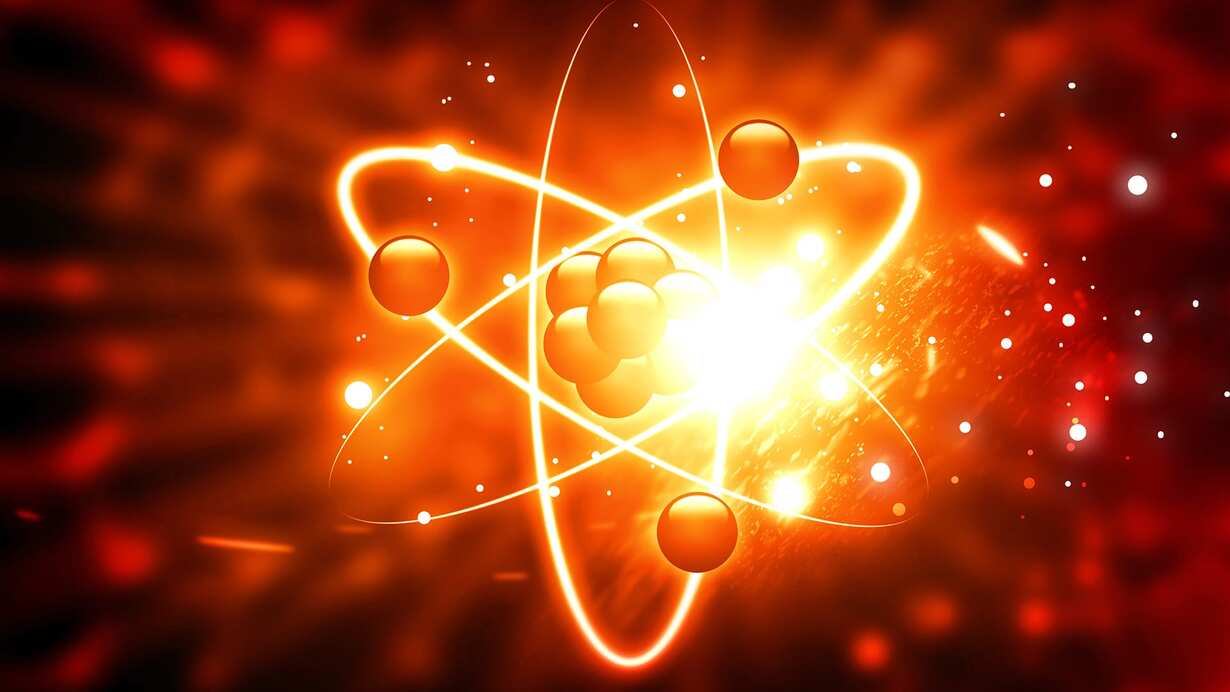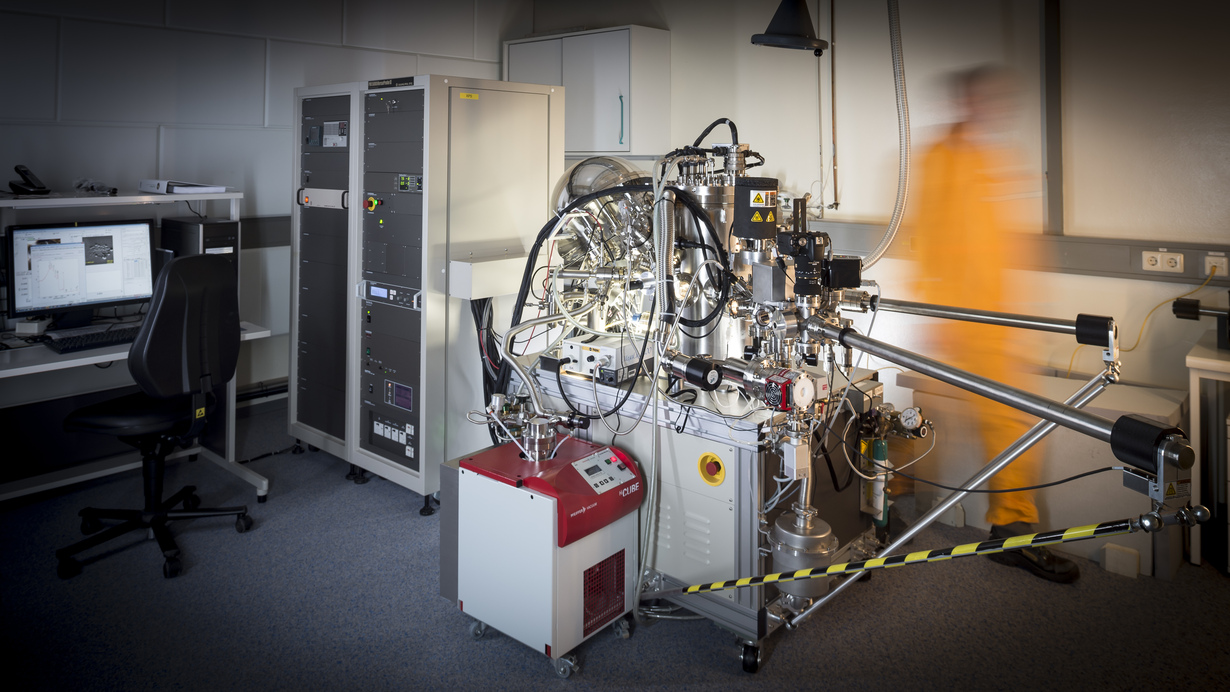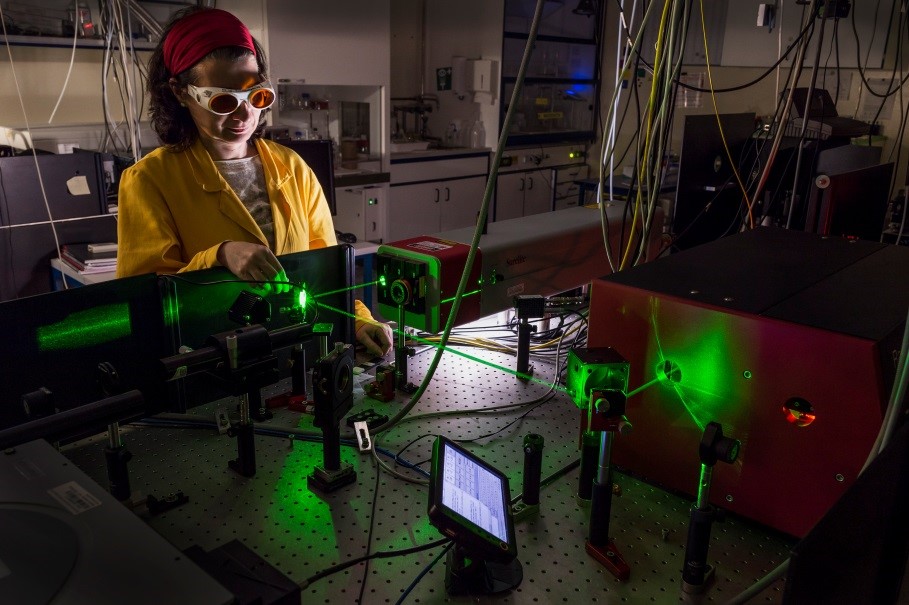Radionuclide speciation / Analytics
|
Abteilungsleiter: Dr. Jörg Rothe
+49 721 608 24390 |

Maintaining a state-of-the-art portfolio of advanced surface science and spectroscopy methods at INE is an important R&D activity, as these methods are crucial tools for advancing our understanding of actinide and radionuclide (geo)chemistry or the behavior of nuclear waste forms during prolonged interim storage. Radionuclide speciation methods available at INE controlled area laboratories and the KIT synchrotron radiation source ("KIT Light Source") are continuously adapted to serve the requirements of the INE in house R&D program. Access to this unique instrumentation is as well provided to INE’s national and international partners in the frame of cooperation agreements or joint research projects.
The “Radionuclide Speciation” department at INE comprises currently four research groups. The "Radiochemical and Elementary Analysis" group operates highly sensitive intrumentation and develops sophisticated analysis routines for the determination of element and radionuclide concentrations in samples related to nuclear waste disposal safety research as well as fundamental radionuclide studies. The "Spectroscopic Methods and Beamline Operation" group is responsible for maintaining INE’s synchrotron radiation facilities at the KIT Light Source - the INE-Beamline and the ACT station of the CAT-ACT beamline - including radiation protection issues related to the handling of radioactive samples at synchrotron beamlines. Highly sensitive laser based methods are provided for the speciation of actinides and lanthanides in trace amounts by time resolved laser fluorescence spectroscopy or the detection of aquatic radionuclide colloids by laser induced breakdown detection. The "Surface Analysis and Microscopy" group provides optical and electron microscopy and various surface sensitive spectroscopy techniques, including XPS and Raman spectroscopy. Ab initio, first principles methods developed and applied by the INE "Computational Chemistry" group offer fundamental insights into actinide and radionuclide chemical interactions based on their electronic structures - greatly assisting, supporting and complementing spectroscopic investigations in the field of nuclear waste disposal safety and fundamental radionuclide sciences.
